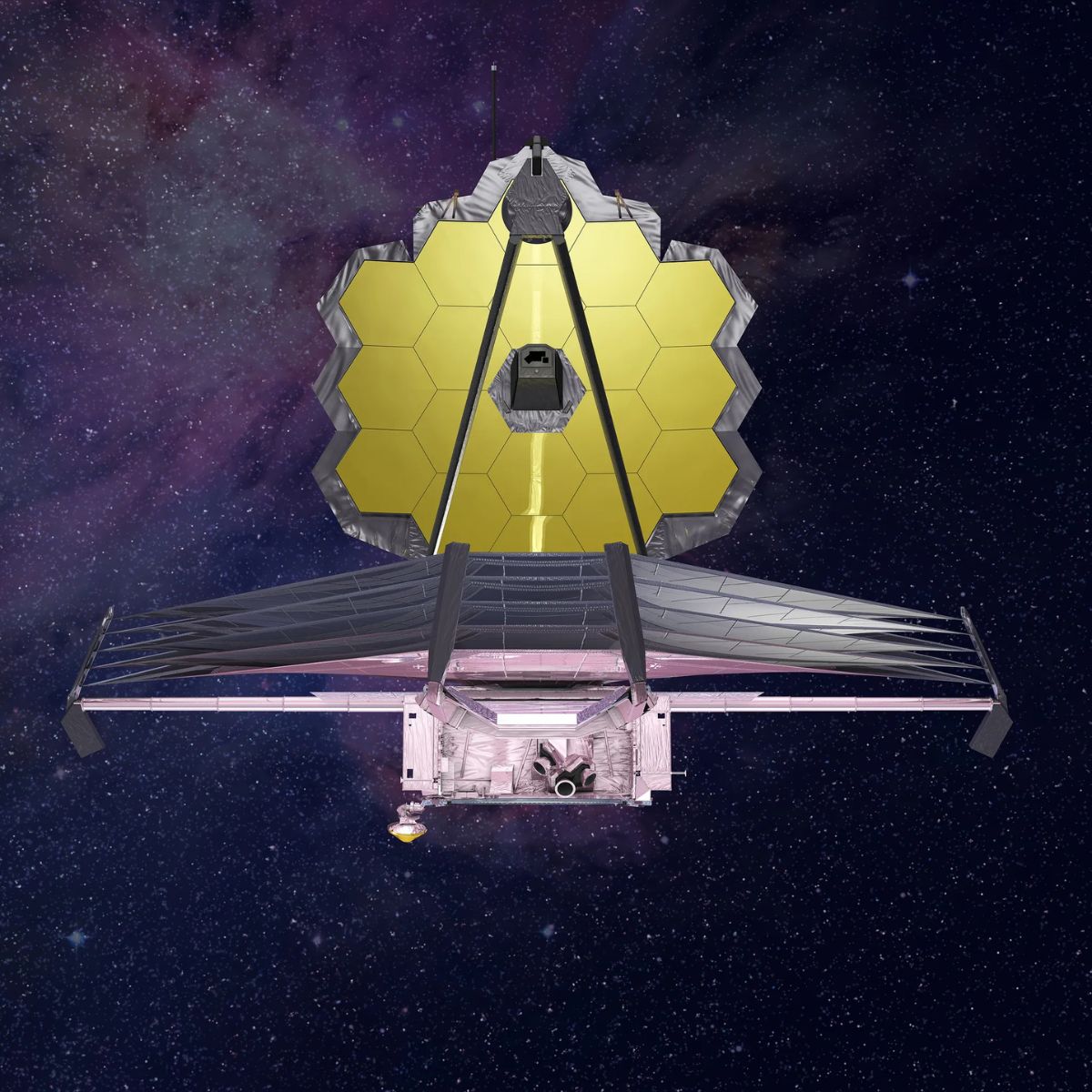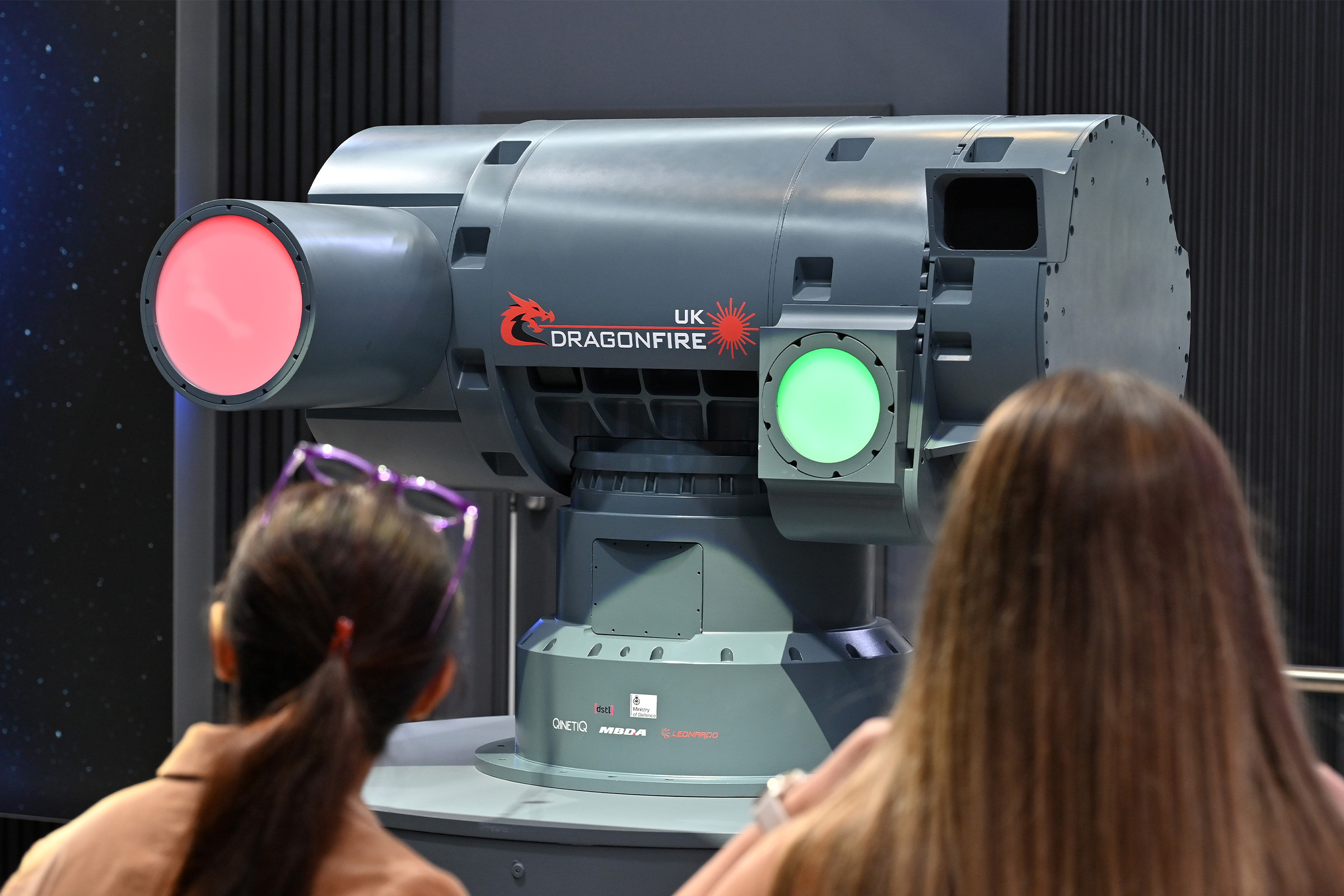Humanity’s quest to explore the cosmos has taken a monumental leap since the dawn of spaceflight. Over the past seventy years, thousands of spacecraft have embarked on missions that have not only transformed our understanding of the solar system but also captured the imagination of people worldwide. This October, five legendary spacecraft, including the James Webb Space Telescope (JWST) and the historic Voyager 1, are actively collecting data as they traverse the universe. For those keen to follow their journeys, here is an overview of their current locations in the night sky.
James Webb Space Telescope: Peering into the Cosmos
Launched on December 25, 2021, the James Webb Space Telescope is stationed approximately 907,000 miles (1.46 million km) from Earth at Lagrange Point 2. This location allows JWST to gather insights about the early universe, star formation, and exoplanets. Observers can locate JWST by first identifying the red star Aldebaran, which is visible halfway up the eastern sky around midnight in October. The telescope will be positioned about five degrees below the Pleiades star cluster, moving closer to Aldebaran and the constellation Taurus as the month progresses.
Parker Solar Probe: The Sun’s Close Encounter
The Parker Solar Probe, launched in 2018, made history by becoming the first spacecraft to “touch” the sun on April 28, 2021. Currently situated about 91 million miles (147.6 million km) from Earth, the probe is exploring solar phenomena while enduring extreme temperatures. To locate it, look towards the southwestern sky at sunset. Begin by finding the bright star Antares in the constellation Scorpius, then look approximately five degrees to the upper left of this star, with the constellation Ophiuchus above and the teapot asterism of Sagittarius nearby.
Juno: Exploring Jupiter’s Secrets
Since entering orbit around Jupiter in 2016, the Juno spacecraft has been gathering invaluable data about the gas giant and its moons. Currently, Juno is around 464.8 million miles (748 million km) from Earth. To find Juno, locate the bright stars Castor and Pollux in the constellation Gemini, which are visible in the eastern sky during the predawn hours in October. Jupiter will shine as a prominent “morning star” below and to the right of these stars, while Juno orbits the planet, too small to be directly observed.
New Horizons: The Journey Beyond Pluto
Launched in January 2006, the New Horizons spacecraft made headlines in 2015 when it conducted a flyby of Pluto, providing groundbreaking insights into the dwarf planet. Now approximately 5.88 billion miles (9.46 billion km) from Earth, New Horizons continues to gather data as it heads towards interstellar space. Observers can find New Horizons by first identifying the “teapot” asterism in the constellation Sagittarius after sunset. From there, look for the star Pi Sagittarii above the trapezium of stars forming the handle, with New Horizons located about one degree to the upper right of this star.
Voyager 1: The Distant Voyager
As the most distant human-made object in existence, Voyager 1 entered interstellar space in August 2012, following a grand tour of Jupiter and Saturn. Currently, it is approximately 15.72 billion miles (25 billion km) from Earth, carrying with it a Golden Record designed to communicate the story of humanity to potential extraterrestrial life. To locate Voyager 1 in the night sky, start with the stars of the constellation Ophiuchus, visible low in the western sky after sunset. Identify the binary star system Rasalhague and its neighbor Kappa Ophiuchi; Voyager 1 lies along the line connecting these two stars.
As the October nights unfold, these legendary spacecraft continue their extraordinary journeys, offering insights that enhance our understanding of the universe. While direct observation of these distant explorers is impossible, enthusiasts can use smartphone astronomy apps to help pinpoint their approximate locations in the vastness of space.






